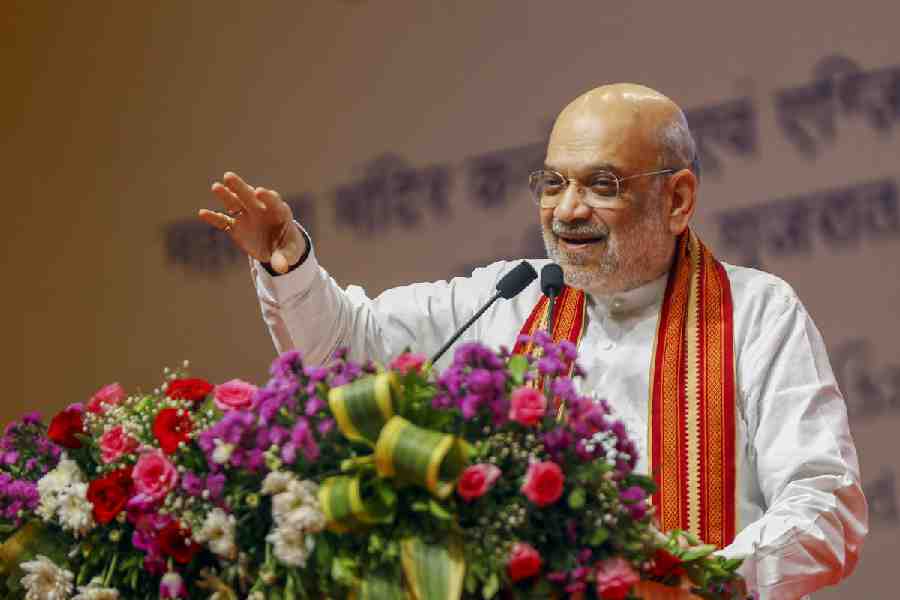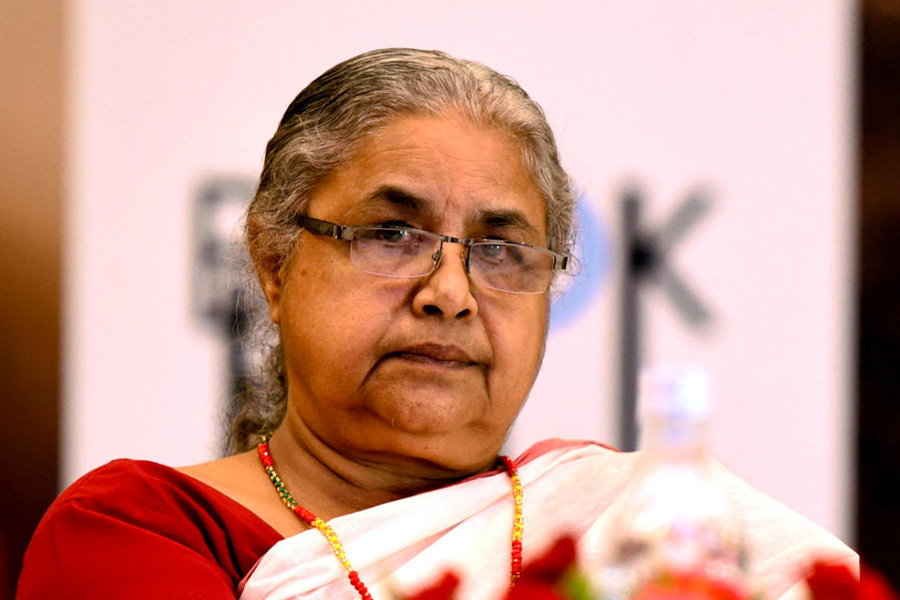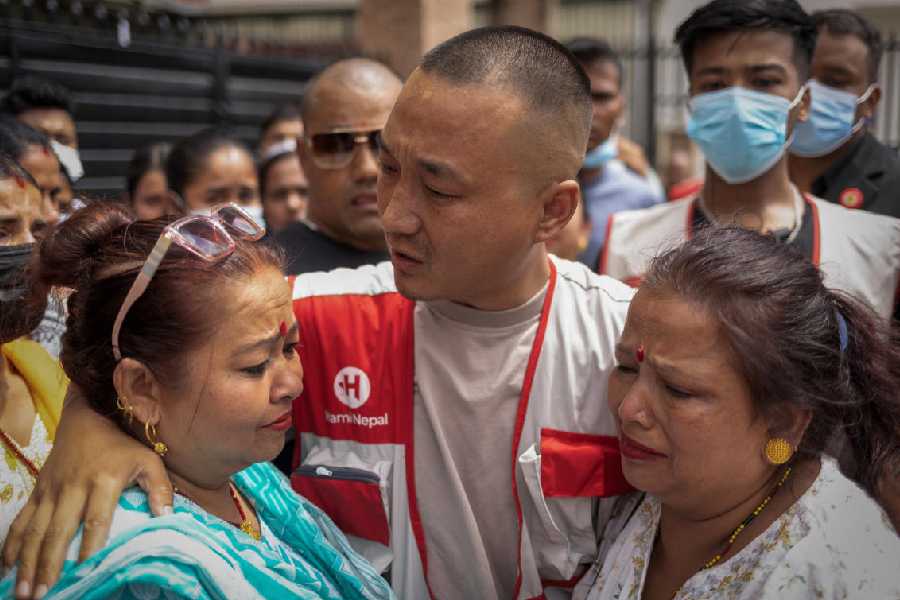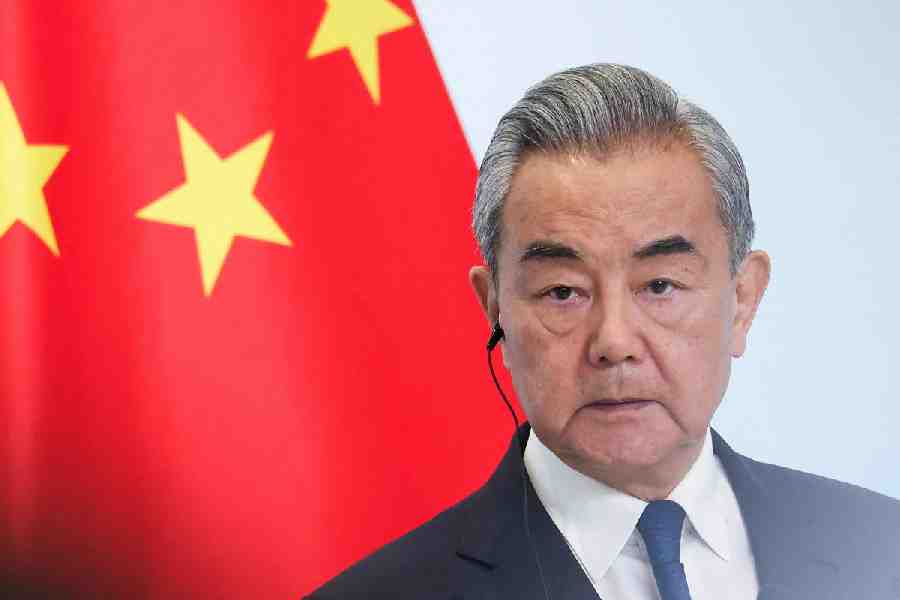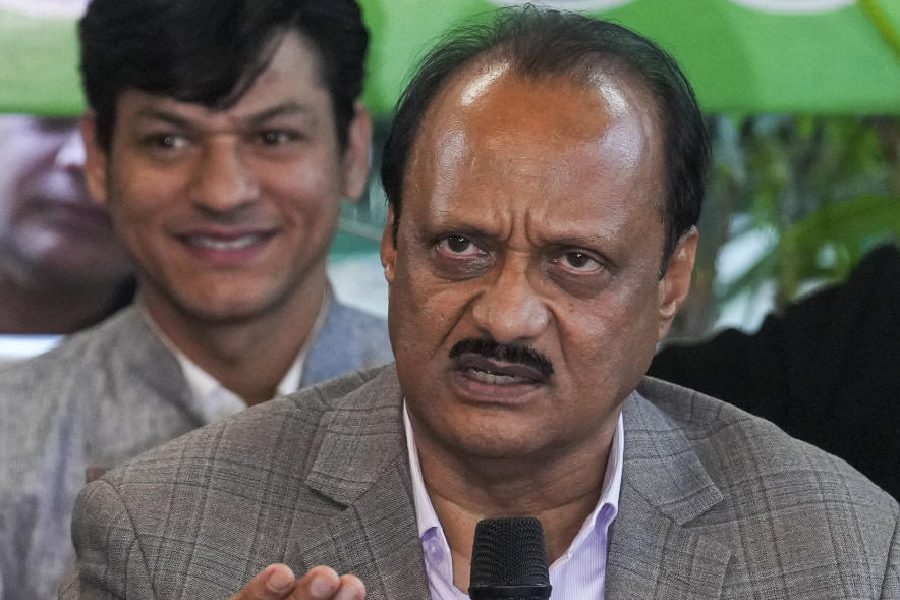
Is anything new about this 'new' year for us ? Not in our way of punishing the guilty, or those thought to be guilty. Death has been ordered by the Ruler of India, over centuries. The way of executing has changed, but executing stays. As we enter 2016, it is instructive to see how and where the death penalty stood in 1516, 1616, 1716, 1816 and 1916. And where it stands, or how it drops into the scaffold's dark well, in 2016.
1516
Sikandar Lodi is enthroned in Delhi. A Persian scholar, he attempts versifications under the effete pen name of Gulrukhi, "Of Flower-like Countenance". He is fond of creating gardens, beautiful buildings. But he is a bigot and inflicts bigoted punishments. Notoriously, he has a sadhu called Bodhan burnt alive for saying Islam and Hindu dharma are equally acceptable to the creator.
Krishnadevaraya is king of Vijayanagara. A strong administrator, he is proud to be personally and politically tough. He believes his task is to preserve the dharma. But he "maintains the dharma by killing". Fernao Nuniz, a Portuguese traveller says of Krishnadevaraya's punishments: "Nobles who become traitors are sent to be impaled alive on a wooden stake thrust through the belly..."
Hundred years on, in 1616
The Mughal emperor, Jahangir, loves the arts, miniature painting, animals and birds. Mansur, the greatest of miniaturists, paints Jahangir's birds including the rare dodo. Jahangir's court dazzles. But he shows nothing of his father's - the great Akbar's - pluralism when he orders Guru Arjan Dev, the fifth Sikh Guru, to be executed. The Guru is tortured before being killed. Jahangir has earlier had his rebellious son, Khusrau, blinded. A painting of great sadness shows Khusrau being taken on elephant back past a row of his friends and followers impaled on stakes (picture).
Vijayanagara is in its last gasp. The new king Sriranga II, in a palace coup led by Jagga Raya, is thrown into Vellore Fort prison with his entire family and put to death. The practice of royalty murdering its own kind is now established in India's north and south as a form of political power-games. Capital punishment is the preferred weapon.
Another hundred years later, by 1716
The Mughal Empire is in decline. It has not forgotten - how can it? - Aurangzeb's executions of his brothers, nephew, of Sarmad the Sufi saint, of Guru Teg Bahadur, of Sambhaji, head of the Maratha Confederacy. A grandson of Aurangzeb, Farrukhsiyar, is on the shaky throne. His grandfather's example before him, he has the incumbent Mughal vizier and several nobles executed in mere whimsy. And he orders the execution of the poet laureate Jafar Zattalli, on the assumption that he had composed poems critical of his regime. Banda Singh Bahadur, a Sikh leader of great courage and charisma, has established his authority in Punjab and won great renown as an abolisher of the zamindari and one who gave tillers proprietory rights. In 1716, Farrukhsiyar moves against Banda, captures him after a grim battle in Gurdaspur, brings him to Delhi, tortures and then executes him.
In the south, Vijayanagara has disintegrated and the Marathas are down. But the Peshwas are rising to the fore. There is something elevated about the Peshwa mind, but this does not redeem the Peshwa system of punishment which is carried out either by hanging the condemned man, cutting him to pieces or being decapitated. A further refinement includes breaking the skull under mallets. But Brahmins, if sentenced to death, are to be poisoned.
A further century on, by 1816
On the relics of a vanished Vijayanagara, a debilitated Mughal empire and a directionless Maratha conglomerate, India's new guest, Britain's East India Company, makes determining inroads. In 1799, the collector of Tinnevelly gives mouth-foaming chase to Kattabomman, the defiant ruler of Panchalankurichi and on capturing him, has him hanged from a tamarind tree. Several of Kattabomman's associates are also executed. Twenty years on, in 1816, the example is still strong on every colonial and colonized mind.
Lord Hastings, as governor general of India by 1816, wants to be different. In the Maratha war that he wages, he exacts heavy casualties yet eschews bloody reprisals, retributive hangings and decapitations. But this is just for the now. A mere 40 years later, no more, after the Great Rebellion of 1857, the British Raj is also going to become merciless as a punisher. Savage, in fact, with the death penalty being its absolute favourite.
By 1916
The need to protect the colony from insurrection is seen as paramount. But the raj's brutality, post-1857, has raised such a stench that the mood in London is for punishment to be awarded lawfully, under a law, not capriciously or whimsically. The Indian Penal Code has come into effect in 1860, listing a number of 'capital offences' which include 'waging war against the State'. The Partition of Bengal and its reversal have seen a great new energy unleashed that threatens the raj with home-devised bombs and bullets. A Defence of India Act is brought into being in 1915. Hangings and firings are back. In London, Curzon Wyllie, the political aide-de- camp to the secretary of state for India, Lord George Hamilton, is assassinated on July 1, 1909, by the Indian revolutionary, Madan Lal Dhingra. And after a trial in the Old Bailey, an unrepentant Dhingra is hanged on August 19, 1909.
And, now, in 2016
Independent India has inherited capital punishment from its blood-smeared history. Its emancipating founders do not dispense with that 'king' of punishments. The first to be hanged in free India, within months of freedom, is Nathuram Godse, assassin of the Father of the Nation. The threat to 'high functionaries' remains great. Hangings have made no difference to that form of privileged crime, not to speak of humbler murders. Thanks to the Supreme Court's mature orders the death penalty is now ordered only in 'the rarest of rare' cases. Rajiv Gandhi's family saying that it does not believe in the death penalty has been hugely civilizing, as is the Indian Left's consistent support for its abolition. The forward logic of all this points to its abolition. But public opinion in India remains 'death-penalty minded'. Terrorism and the deaths of innocents at the hands of cynical cabals entrench that opinion, as does the brutal rape and murder, in Delhi, of Nirbhaya. The present Parliament of India too is similarly minded.
Many, very many, outside the State's anatomy but within its embrace, also want the death penalty to stay. Not just stay but stay tight and get tighter. They are like the ulema who goaded and then applauded medieval executions of 'unbelievers'. Bodhan, Sarmad and Zattalli were all killed by the Lodi and Mughal states for something like un-belief. Today's India is divided into 'believers' in bhakti and shakti on the one hand and those who believe in a liberal State on the other.
A wise and brave law commission, headed by the perspicacious judge, A.P. Shah, has recommended doing away with the death penalty. But it has said also that acts against the State, in other words, terrorists, should remain visitable by death.Terrorism has weighed on its recommendation.
In the three years of his incumbency, President Pranab Mukherjee has brought a glitter of his own to Rashtrapati Bhavan. Like Jahangir's menagerie, he has had the birds of his garden documented in a book, Winged Wonders of Rashtrapati Bhavan. And like that great Mughal, he has had to deal with, and deal, the death penalty. Three persons found guilty of terrorist acts, have gone to the gallows under the ink of his pen. More await his decision.
The law does not, will not, tolerate acts against the State. But will the Indian State let go of the death penalty, a grand perquisite of authority, be it imperial, colonial or republican? Unlikely. We may not burn, decapitate, crush heads under mallets as before but we will 'hang by the neck till death'. We may not put needles through eyes, we will use other means of the third degree in thanas. We are not uncivilized.
What, then, is new about 2016?
Nothing?
Not so.
Over the frenzy and the froth, there are those, neither insignificant in numbers nor in stature, who are thinking what Amartya Sen said in Delhi just the other day to a hall packed to overflowing: Killing for killing is like the market economy - a system of exchange. We are under a market economy; we need not be under a market scaffold.


